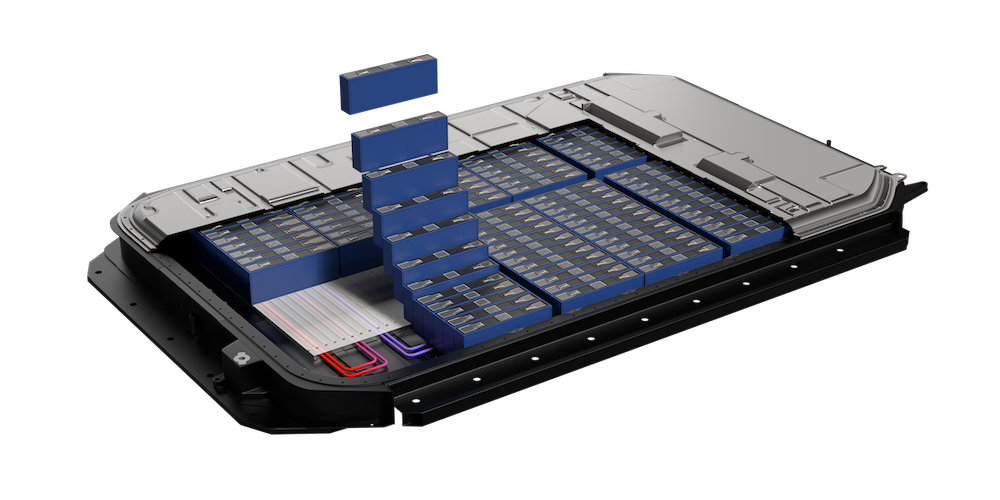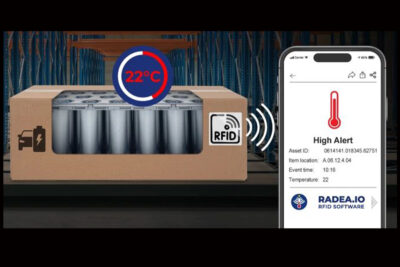Technology Focus – The Three Musketeers of Coatings for EV Batteries
E-mobility is no longer a future trend but rather a present phenomenon. Electric vehicles (EVs) are clean, fast and provide a joyful driving experience. They attract conscious consumers and support a sustainable economy. EVs are rapidly developing to take the dominant position in the automotive market. This urge for large-scale adoption of e-mobility is now spreading from passenger vehicles to commercial vehicles and small aviation units.

Nevertheless, we could possibly all agree that EVs are not perfectly ready to take the throne just yet. As an industry, we are still tackling the relatively long charging time, the heavy weight, risk of thermal runaway and the cost levels of lithium-ion batteries. Battery manufacturers and OEMs are competing to design the best EV platforms where battery systems play a key role. A variety of innovative approaches keep appearing in the market, aiming to make battery systems cheaper, faster and safer. Among technological chaos, some definite and proven trends can be pointed out. Henkel, being a solution partner for the automotive industry for more than a century, is now providing solutions that facilitate innovation in e-mobility technology trends.
Electrode Conductive Coating
In conventional lithium-ion battery (LIB) manufacturing, a cathode active material (CAM) is turned into a slurry and then uniformly coated on a current collector. A hazardous and high-boiling-point solvent, NMP, is required. This process is demanding on energy, space and cost for drying and recycling. On the other hand, an anode active material (AAM) is dispersed in water, whereas a recycling tower is not needed. However, a drying step is still included as an essential step which consumes energy, space, and time.
Dry electrode process, also known as dry coating, can simplify many aspects of that decades-long conventional methodology. NMP-less CAM-laminating process is synonymous with a compact, fast, lean (low OpEx and CapEx) manufacturing of cathode electrodes. Not as much as in the case of a cathode, however adopting this methodology for anode manufacturing anode is advantageous. This slurry-free process makes it easier to fabricate thicker CAM and AAM layers on current collectors, resulting in a higher energy density structure inside a battery cell. It can also be a very suitable manufacturing process for water-sensitive, sulfide-based solid-state batteries.
A key step here is the transfer of a dry active material film onto a current collector, but it is difficult to create perfect interfacial contact between a current collector and a dry film. Even with elevated pressure and temperature for lamination, it is still not easy to get interfacial adhesion in a range that is found after the wet slurry process. The interference caused by imperfect boundaries results in the degradation of capacitance, especially at high C rates. Delamination can also happen during charging and discharging cycles. This is where the ECC plays a role; it is pre-applied on current collectors, creating the perfect interfaces between active materials and current collectors.

The uniqueness of Henkel’s ECC can be attributed to three main factors. First, creating the perfect physical interface where the active materials start to mix together with the ECC layer, leading to the seamless marriage of layers. Second, the well-designed conductive materials reinforce the electrical connection through the interface. Third, the formulation is optimized for fast coating on aluminium and copper foils to maximize operational efficiency. One simple ECC layer can help take the dry electrode process to the next level, which realizes cleaner, more economical and reliable battery manufacturing.
Dielectric Coating
For many, the design concept of cell-to-pack, cell-to-chassis, and cell-to-car/vehicle may sound familiar nowadays. These concepts for high-energy-density battery packs aim to overcome the relatively low energy density of battery cells and maximize the potential of the battery pack design. They have even higher potential as they can be applied for all types of battery cells. It has now become a trend in designing next-gen battery packs irrespective of form factors and chemistry.

In those concepts, battery cells are supposed to face and be bonded directly to other layers like the bottom, side and/or top plates. Quasi-stiff cells contribute to the structural integrity of the battery pack. Therefore, interfaces should be carefully designed and bonded so that the total battery pack and cells can endure and dissipate internal and external stress during driving and upon an accident.
For structural integrity, interfaces around cells need to be reinforced. In the cell-to-pack (or similar designs), prismatic cells are typically wrapped with PET films with pressure-sensitive adhesive (PSA) for insulation and protection. However, they provide a weak interface which could be broken under conditions with severe stress such as vibration and impact.
Dielectric coating simplifies the structure by working as an integrated body, providing adhesion and dielectric and anti-scratch strength. Minimalism is found not only in parts but also in materials. The adhesion given by this coating is strong enough for the battery cells to contribute to the stiffness and endurance of the battery pack, with a reduced thickness. Even at about 80% of the thickness of the PET film, it guarantees the same level of breakdown voltage. This is not only a replacement of the current film solution but a necessary solution for a stronger battery pack without additional supports.

Fire Protection Coating
When a thermal runaway starts from battery cells underneath the floor of the car, passengers have a short amount of time to notice and exit the vehicle. The window is even shorter if the thermal runaway was initiated by an accident. The best and essential measure for thermal runaway is to make particularly safe battery cells. Many companies have made progress, but they seem to need more years until they can supply them at scale.
The alternative, or maybe the only solution based on the current LIB technology, can be using multiple measures to make the battery pack as safe as possible. Thanks to huge efforts from different sectors in the industry, we have many solutions, from the chemistry level, through software, to the housing level. The last measure is to protect the passengers from the heat from the battery cells if a fire starts inside a battery pack. Some solutions have also been used for other industries. For example, ceramic-based composite materials. However, there’s always a challenge regarding thickness, weight, and automation.

Fire protection coating (FPC) is one of Henkel’s functional coating products, designed to let users experience more value than conventional solutions. Automation is possible using flat-streaming or spraying applications. The thin layer provides a large degree of freedom in designing the battery pack. The first use case is found in the inner layer of a top lid. It has the potential to help engineers be creative to find more opportunities in any place inside and outside a battery pack wherever a high level of heat insulation is required or helpful. FPC is not only for the safety of passengers who are ready to adapt e-mobility transition, it is also designed to pursue efficiency experienced by those who are enthusiastically working for innovative battery pack systems.
‘The Three Musketeers’ of coating solutions are true enablers of the battery technology trends. Being introduced in the market recently, they are still evolving to the needs from battery manufacturers and OEMs who want to deliver the best value for the end customers. Please remember these hidden heroes when you enjoy driving your safe, powerful, efficient and sustainable electric vehicles. And… don’t forget that we are all ready to welcome D’Artagnan in the near future.
Author: Keon Lee – EV Battery Expert and Global Senior Manager Product Development at Henkel
Learn more about Henkel’s E-Mobility solutions: henkel-adhesives.com/emobility
This article is a paid advertorial. The client is responsible for the content. If you are interested in booking an advertorial, please contact us via advertise@electrive.com.





0 Comments